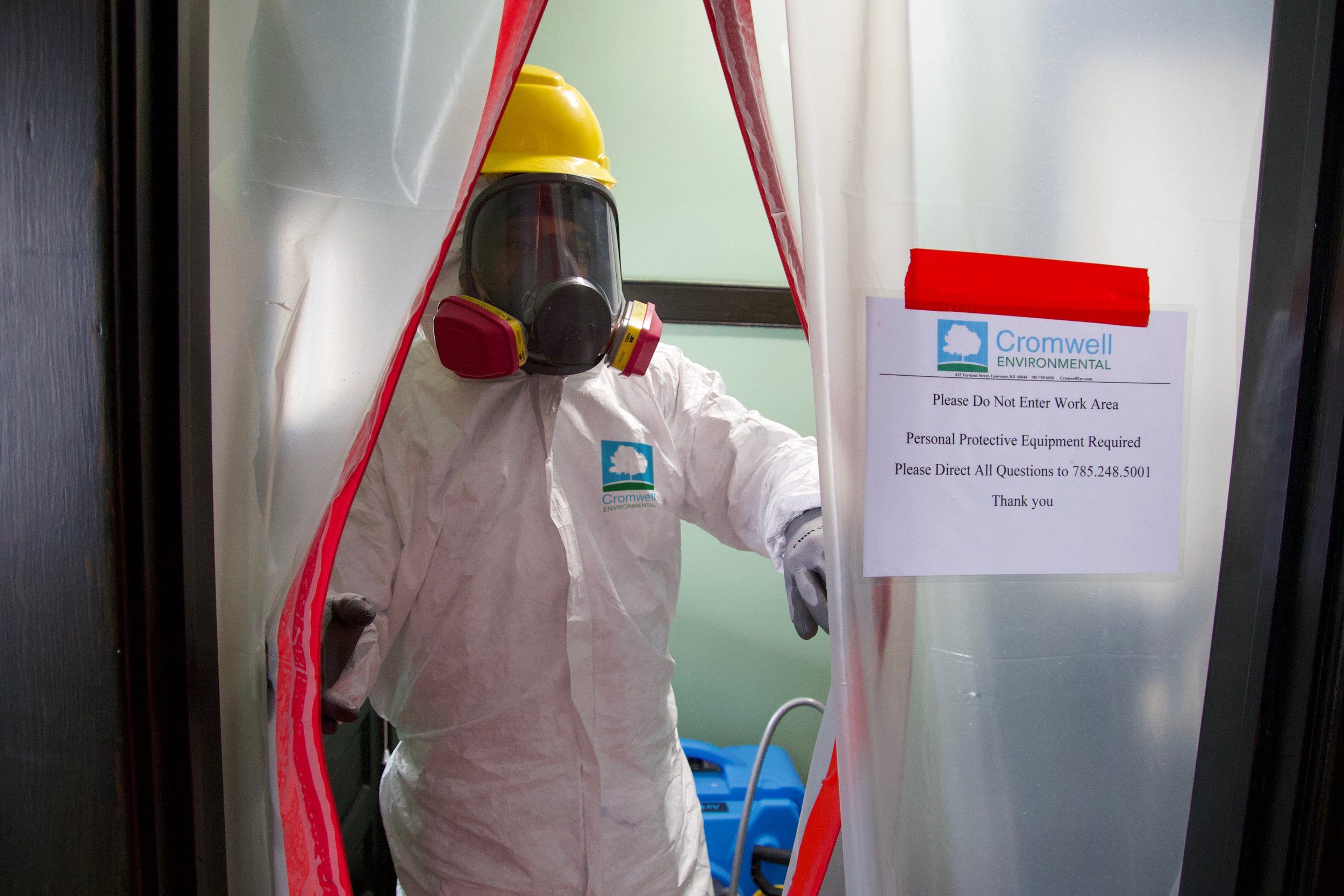What Is Asbestos Abatement?
An asbestos abatement is the controlled removal or stabilization of asbestos-containing materials. All asbestos abatement actions should be done by professionals using appropriate safety gear under carefully controlled conditions to avoid serious legal and health consequences. If asbestos is disturbed without special asbestos abatement controls like barriers and negative air pressure in place, asbestos fibers will spread throughout the building. That can make a minor problem extremely expensive and leave contractors, subcontractors, and building owners open to serious financial and legal liability. All asbestos-related workers must be licensed, and their firms need special environmental insurance policies.
Cromwell carries out asbestos removal in accordance with strict procedures designed to protect workers, occupants, and those near the site from asbestos exposure. The required procedures for asbestos abatements are well-defined and regulated by a variety of laws and regulations at the local, state, and federal levels. In general, an abatement requires the air in work areas to be isolated from the air outside the work areas, workers need to be licensed and use appropriate PPE, and waste needs to be collected, properly labeled, and sent to a special landfill for toxic materials.
In most cases it is best to remove asbestos containing materials from a building but in some cases it is best to stabilize it, label the area as asbestos, and leave the asbestos in place. A good asbestos contractor like Cromwell Environmental can assist with determining whether removal or stabilization is best. Asbestos that is not removed should be appropriately labeled for safety and periodically monitored to make sure it remains in good condition.
Abatement Safety and Containments
The most important consideration in performing an asbestos abatement is the safety of those doing the work and those near the work area. All workers should be wearing personal protective equipment (PPE) that includes gloves, coveralls (Tyvek suit), and respirators. The level of respirator used depends on the severity of the problem, typically including either half-face or full-face HEPA respirators, and with powered air-purifying or supplied-air respirators required for the worst issues.
Removal and stabilization activities are designed to reduce the release of asbestos fibers into the air but, even so, the air in the work area will contain asbestos and needs to be sealed off from the rest of the building with HEPA-filtered negative-pressure containment. This relies on heavy plastic sheeting often held up using temporary “zip-walls” creating a physical barrier and large fans with HEPA air scrubbers venting cleaned air out of the work area.
By forcing the air inside the containment area out (after it is cleaned by the filter), the air outside rushes into the containment area wherever any openings exist, keeping contaminated air from leaking out those same openings. Workers enter and exit the containment from smaller attached containments functioning as air locks called decontamination or “decon” chambers. This negative-pressure containment keeps all the contaminated air from leaking out into the non-affected areas of the building, which protects the occupants and keeps asbestos from contaminating other areas of the building. Sometimes miniature containments like glove bags, plastic bags with built-in gloves, can be used to remove asbestos from small areas without setting up a large containment.
Do you think you might, or know you do, have asbestos in your home or property? Contact Cromwell today for professional asbestos abatement services that will keep you inside the law and protect the safety of those living or working in your home or property.


